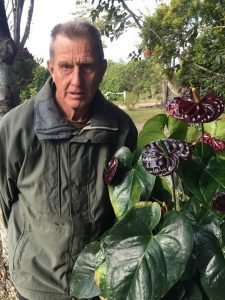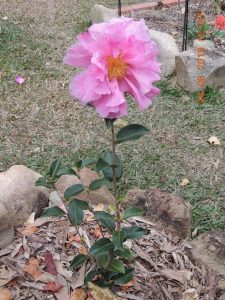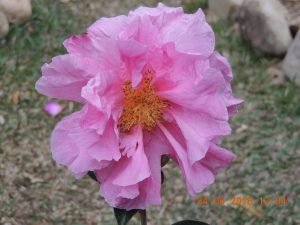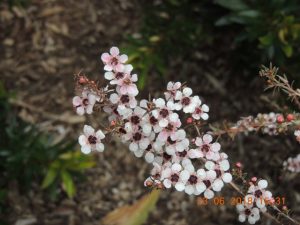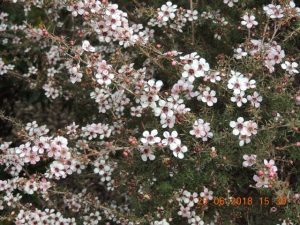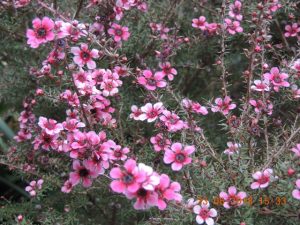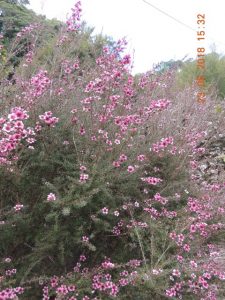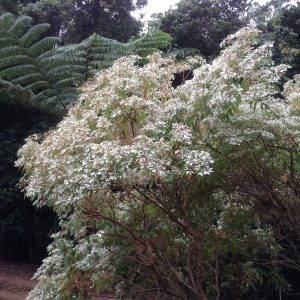Do you use the Bruce Highway through Yabulu (north of Townsville) at night?
The Department of Transport and Main Roads (TMR) is seeking feedback from people who regularly travel the Bruce Highway through Yabulu at night, about upcoming temporary highway closures.
The feedback will be used to inform when these closures occur, so as to have the least impact on motorists. We will provide two weeks notice once the closure dates have been determined, so that road users can plan their journeys accordingly.
Further information about the closures and how you can have your say, is outlined in the attached flyer.
We encourage you to circulate this notice to others who regularly travel this section of the highway at night.
Feedback should be directed to TMR’s Customer and Stakeholder Management team by telephone on 1800 625 648, or by email at engagement.northern@tmr.qld.gov.au no later than close of business Friday 3 August 2018. Thank you for your assistance.
Kind regards,
Customer and Stakeholder Management Team
North Queensland Region
Customer and Stakeholder Management Team North Queensland Region Program Delivery and Operations Branch | Infrastructure Management and Delivery Division | Department of Transport and Main Roads ____________________________________________ Floor 5 | Townsville Government Office Building | 445 Flinders Street | Townsville Qld 4810 PO Box 1089 | Townsville Qld 4810 1800 625 648 engagement.northern@tmr.qld.gov.au www.tmr.qld.gov.au
Flyer_Seeking feedback_Bruce Highway closure_yabulu

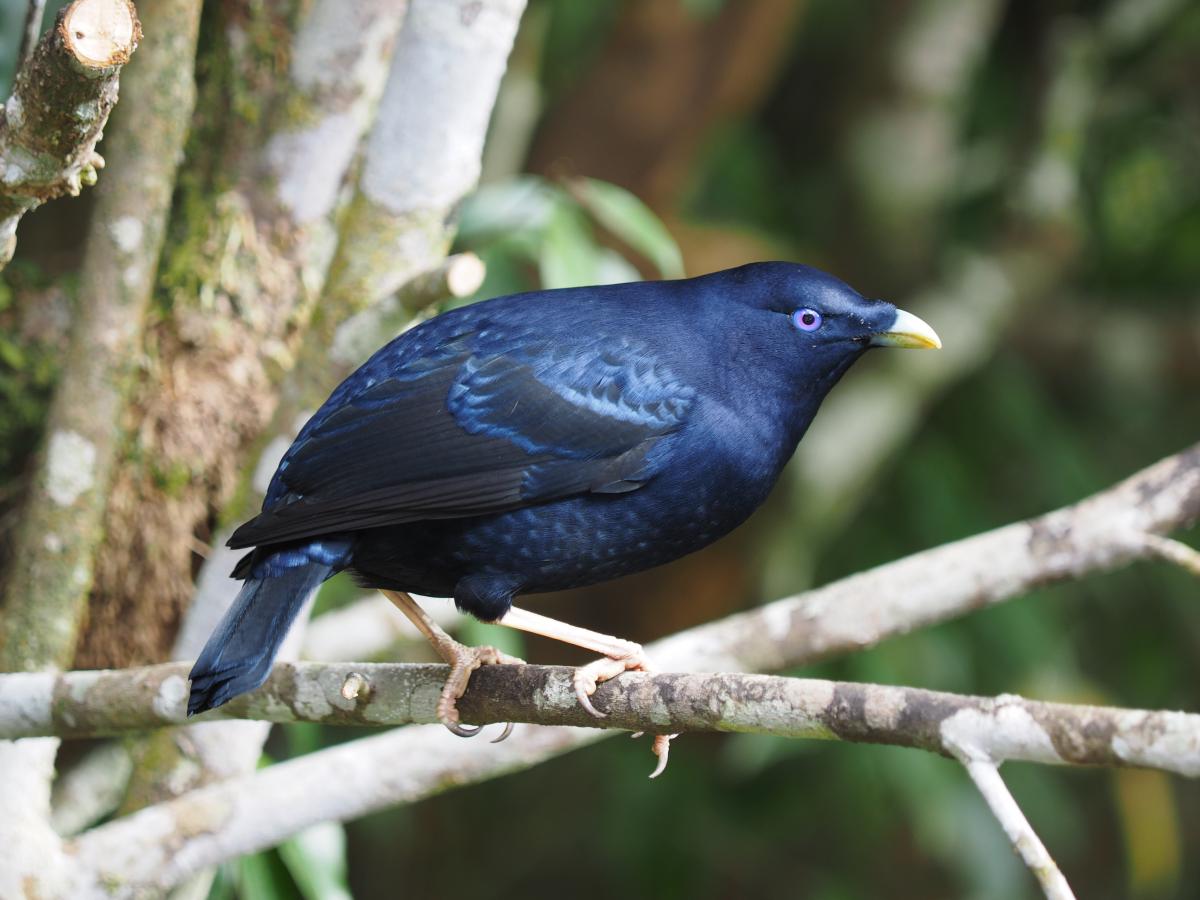
.jpg)
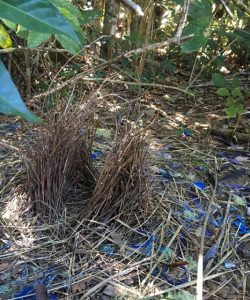
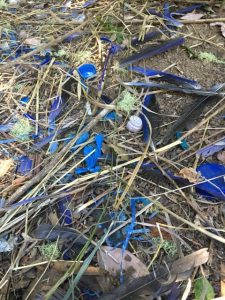
 This superb specimen of Cattleya orchid belongs to Paluma residents Michael and Donna Drew. The beautiful mauve, deep purple and yellow blooms are long lasting and Michael says that these flowers first opened in early July.
This superb specimen of Cattleya orchid belongs to Paluma residents Michael and Donna Drew. The beautiful mauve, deep purple and yellow blooms are long lasting and Michael says that these flowers first opened in early July.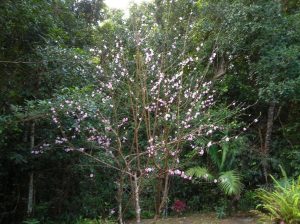 Several gardens in Paluma have peach trees which are at present coming into bloom. Buds are swelling along the slender branchlets, with many flowers already open. Another week, (it is 12 July at the time of writing), should see the trees densely covered in delicate pink blossoms. Unless heavy rain washes the blossom off, the tree will display its beauty for up to three weeks. Tiny fruit will begin forming which will swell and ripen in the summer months but Bush Rats and White-tailed Rats will have eaten most of them well before then.
Several gardens in Paluma have peach trees which are at present coming into bloom. Buds are swelling along the slender branchlets, with many flowers already open. Another week, (it is 12 July at the time of writing), should see the trees densely covered in delicate pink blossoms. Unless heavy rain washes the blossom off, the tree will display its beauty for up to three weeks. Tiny fruit will begin forming which will swell and ripen in the summer months but Bush Rats and White-tailed Rats will have eaten most of them well before then.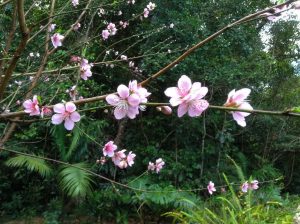 The peach is a deciduous tree and looks bare and straggly for a few months during the year, until mid- winter, but is worth growing for its sheer beauty during the flowering period.
The peach is a deciduous tree and looks bare and straggly for a few months during the year, until mid- winter, but is worth growing for its sheer beauty during the flowering period.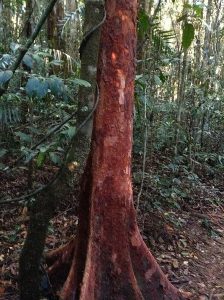 is one rainforest tree that can be unmistakably recognised by its bark. The bright red/orange papery bark stands out like a glowing beacon in the surrounding greens of the forest. The flakes of bark are thin, soft and translucent.
is one rainforest tree that can be unmistakably recognised by its bark. The bright red/orange papery bark stands out like a glowing beacon in the surrounding greens of the forest. The flakes of bark are thin, soft and translucent.
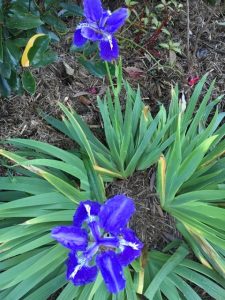
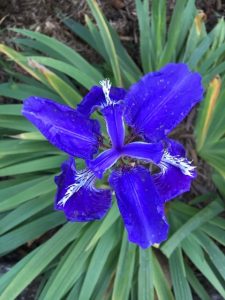 The leaves are light-green in colour and sword-shaped. The flowers attract bees and other insects which are important for pollination. Iris plants flower between June and August and after flowering they produce an ellipsoid seed capsule with black-brown seeds.
The leaves are light-green in colour and sword-shaped. The flowers attract bees and other insects which are important for pollination. Iris plants flower between June and August and after flowering they produce an ellipsoid seed capsule with black-brown seeds.
